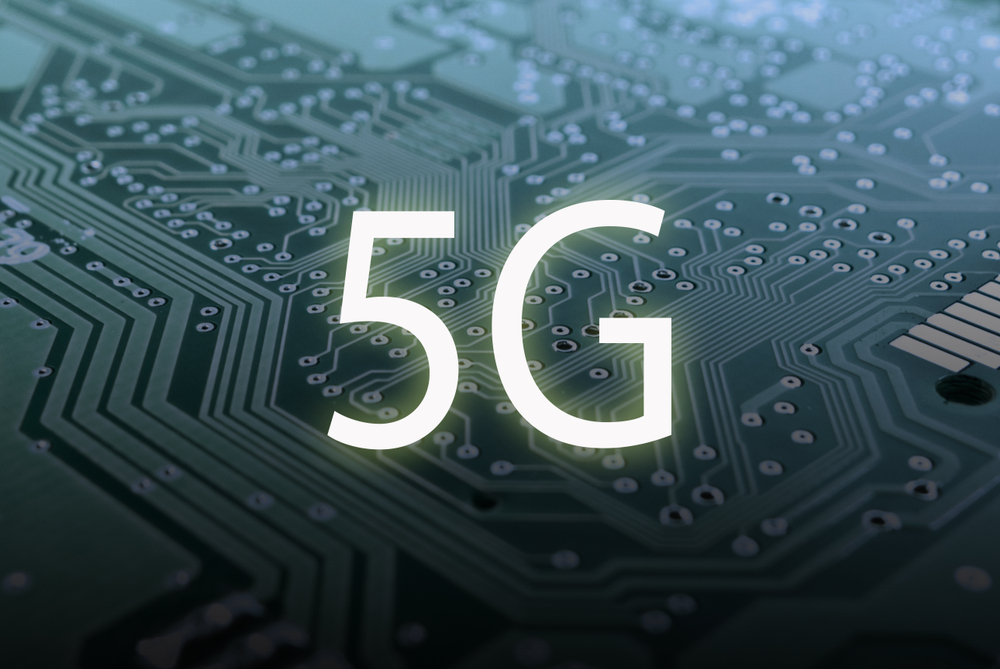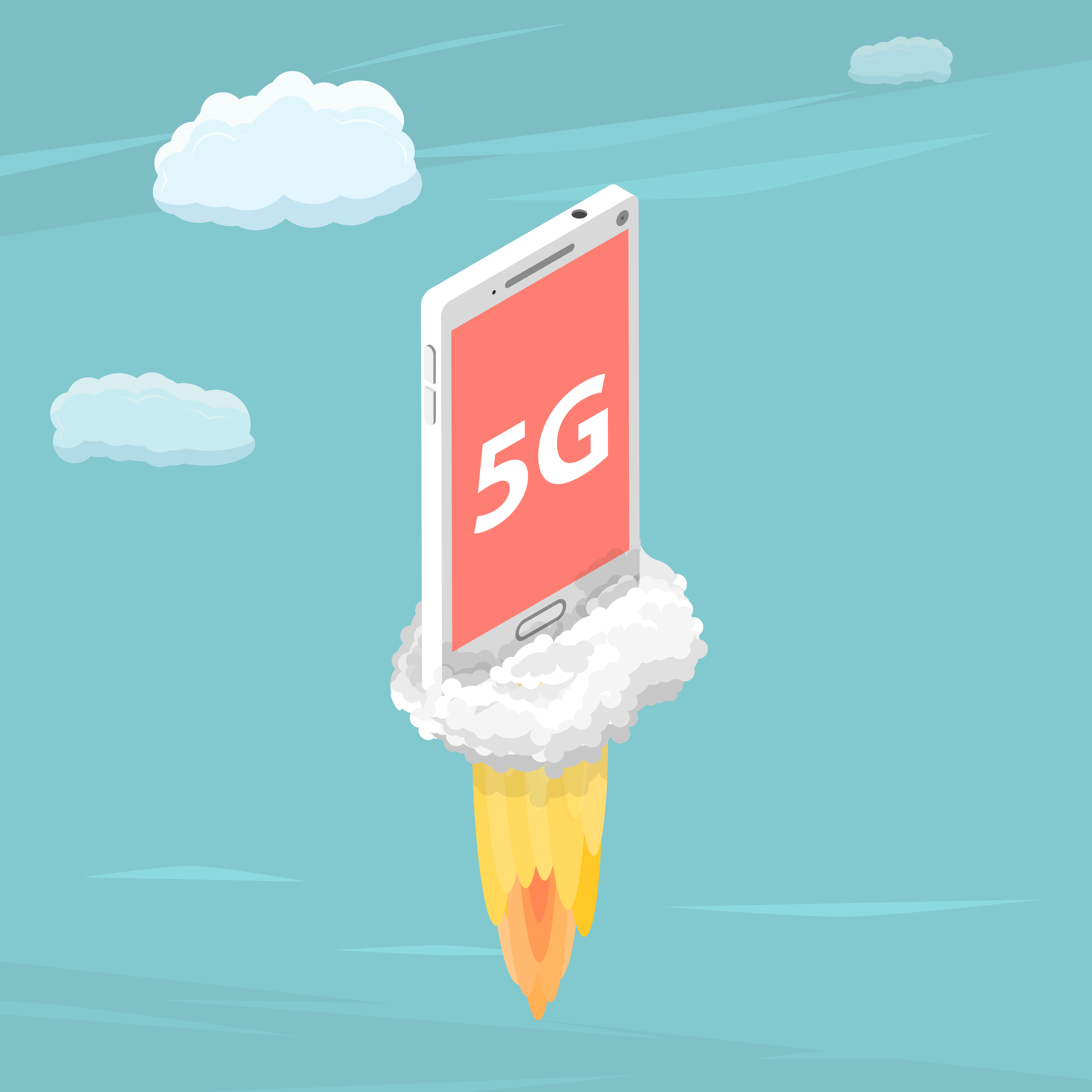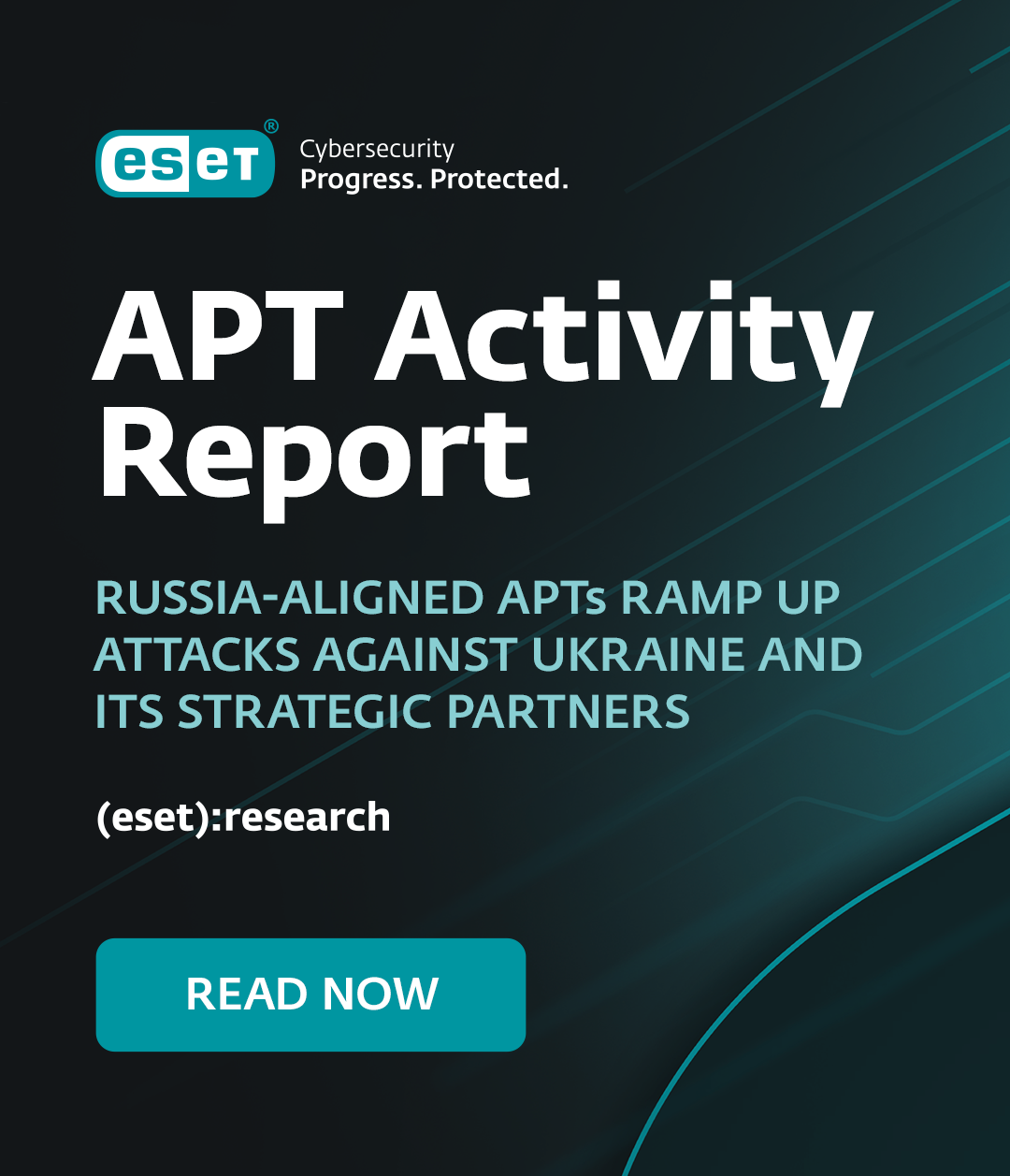Year after year Mobile World Congress (MWC) takes place in Barcelona, Spain. It is an event that brings together almost every vendor related to the mobile industry to show off their shiny new gadgets, apps and services in our ever-increasingly-connected world.
One of the hot topics surrounding this world at MWC 2018 was 5G — the next generation of mobile connectivity.
What is 5G and how will it affect us?
If we look back at previous incarnations of mobile networks, 1G, 2G and so on, there have been major changes to the technology. The next generation, 5G, delivers greater speed and lower latency, but also has the advantage of being able to connect many more devices concurrently. This is one of the reasons why MWC has gone from being just a show promoting smartphone manufacturers and operators to a gathering of companies showing off connected world devices that could benefit from being connected to a 5G network.
The reality is that none of the existing technologies will disappear anytime soon, in fact the speed that can be achieved on the existing network are up to 1.2Gbps. So, asking the sales representatives in a phone shop about a new 5G handset will probably have them wondering what you’re talking about.
The existing infrastructure for 4G relies on cell towers/masts, typically with reasonable distances between them, whereas 5G is based on smaller, more frequent cells. The smaller cells help deliver the additional bandwidth and lower latency as the network becomes more distributed. The speeds are reportedly able to deliver 20Gbps with just 1ms latency.
Any new networks require licenses, funding and significant effort to introduce them. In the US, AT&T claims it will be the first company with a 5G network, that will cover 12 cities by the end of 2018 and aimed at the mobile phone market. Verizon is taking a different approach and intends on implementing 5G to compete with existing home internet service providers, and with the speed and capacity available on a 5G network this could be a very competitive offering.
Many exhibition halls at MWC had devices designed for the smart city, driverless cars, smart bandages that track your healing, through to virtual reality gaming.
While faster speed is a result of the improved technologies, it is the low latency and capacity that will enable these technologies to deliver a world where just about everything could be connected. The need for capacity is compounded once the connected devices start talking to each other. For example, the future driverless car may be able to communicate with other cars, traffic monitoring, or sensors on the roads and take actions based on the environment around it.
While some 5G smartphone handsets may start to appear on shelves in 2018, we should expect the main vendors to start offering them in 2019.
The rollout of 5G is moving quicker in some regions than others, as already discussed, carriers in the US see competitive advantage and have already announced their plans. Other countries that have openly stated their commitment to early adoption of 5G are China, Japan, South Korea, Australia and Norway, and I am sure this list will grow. In Europe, commitment from both regulators and financiers for the new networks is slower. This could be seen as a competitive disadvantage, or you could view this as sensibly waiting to allow others to experience the difficulties of early adopter first.
As with any new technology there are security considerations. Providers of services will need to combat the expected evolution of advanced malware that will accompany the new 5G infrastructure and implement threat prevention services and solutions that deliver security through layers, including machine learning, to deal with the increased network performance and capacity. Threat intelligence and pro-active security measures are essential components for any device or service being developed to utilize 5G, secure by design.
It is important to remember that understanding the psychology and mindset of the cybercriminal is also important, and for this, deep research by experts in the security field will help the industry predict where the attackers may see the next opportunity. So, while 5G will move us quicker, the benefit of added speed will have a cost and means that for the time being the human component in maintaining safer technology remains crucial.






